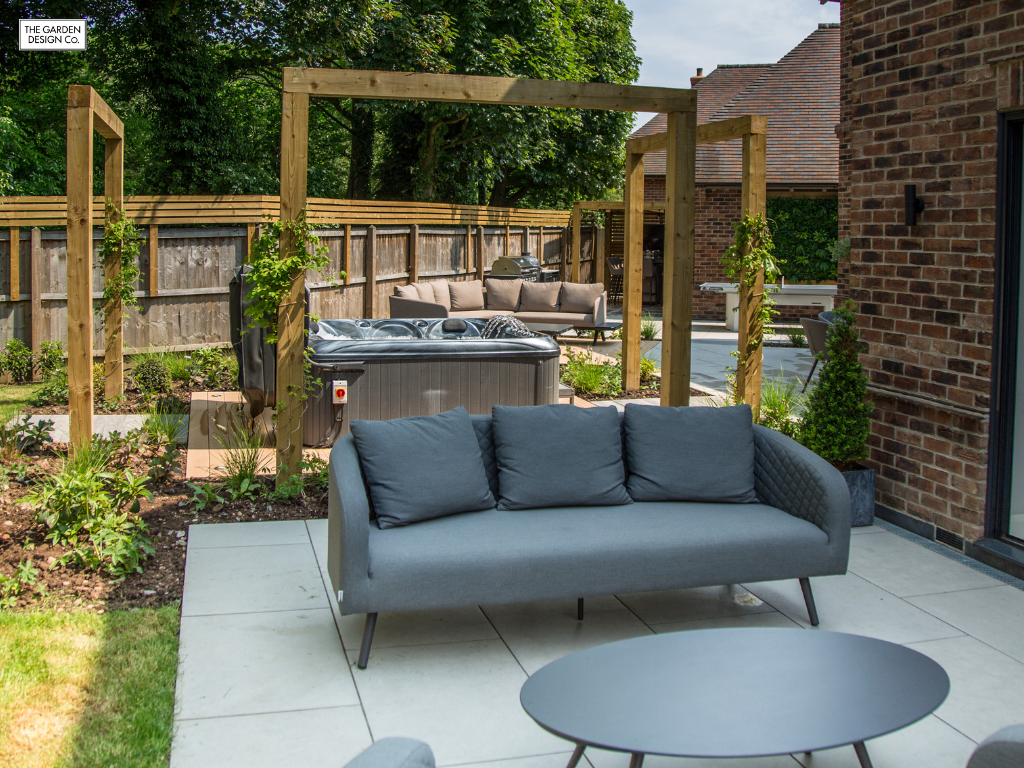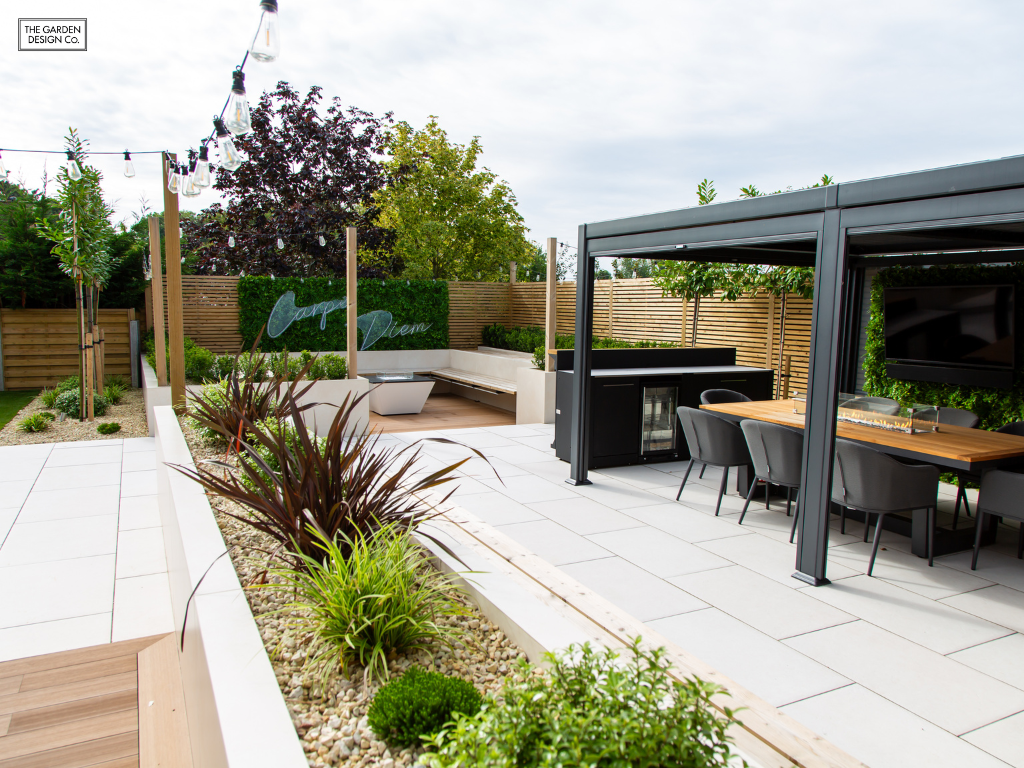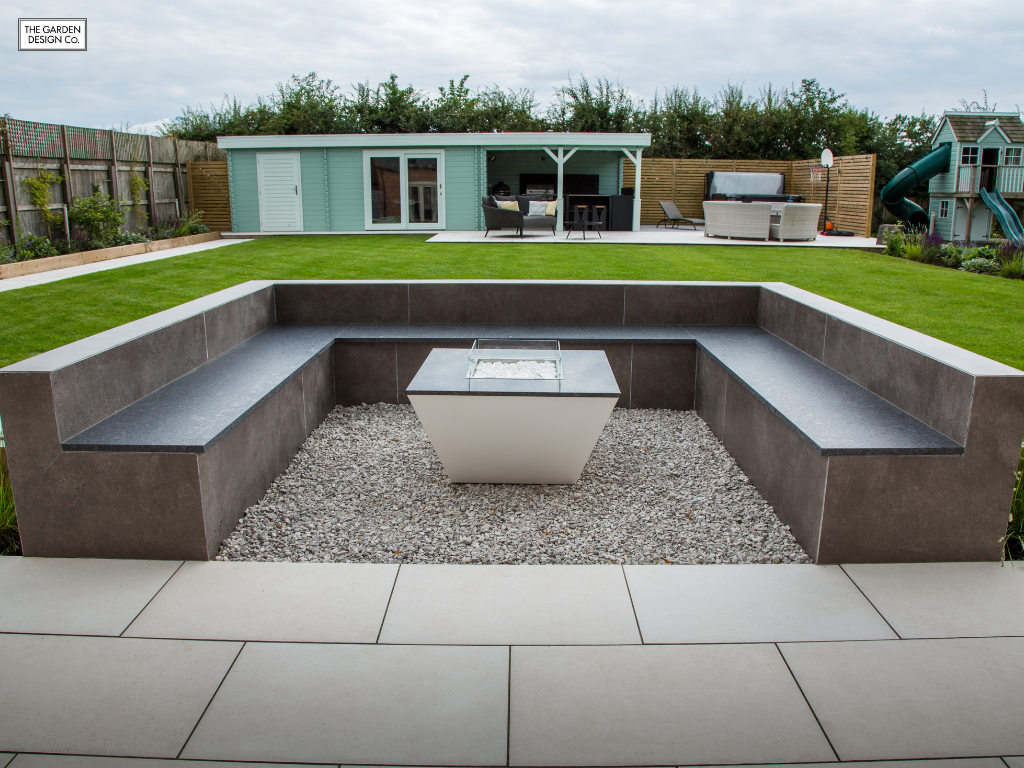Garden for the Soul


In recent years, the concept of low-maintenance gardens has gained popularity among homeowners. But what exactly does it mean to have a low-maintenance garden? And how can you determine if it is suitable for your needs and lifestyle? In this article, we will delve into the world of low-maintenance gardens, exploring their key features, benefits, potential drawbacks, and how to assess whether it’s the right choice for you.
Before we delve into the specifics, let’s first define what a low-maintenance garden is. Essentially, it’s a garden design that requires minimal time, effort, and resources to maintain. The idea is to create a space that is easy to care for and doesn’t demand constant attention and upkeep. This means less weeding, pruning, watering, and mowing, allowing you to spend more time enjoying your garden rather than working in it.
Creating a low-maintenance garden is not just about reducing the time spent on upkeep; it’s also about designing a space that enhances the natural beauty of your surroundings. By carefully selecting plants that are well-suited to your local climate and soil conditions, you can create a sustainable garden that thrives with minimal intervention.
So, what are the key features of a low-maintenance garden?
Low-maintenance gardens typically prioritise functionality and simplicity. They often include elements such as hard landscaping materials like decking, gravel, or paving, which require less maintenance than traditional lawns and flower beds. The use of hardy, drought-tolerant plants and shrubs that can thrive in various weather conditions is also common, reducing the need for constant watering and fertilising.
Furthermore, low-maintenance gardens may incorporate mulching, which helps conserve moisture and suppress weed growth, as well as automated irrigation systems that ensure plants receive adequate water without the need for manual intervention.
When designing a low-maintenance garden, it’s important to consider the layout and arrangement of plants to minimise the need for ongoing care. Grouping plants with similar watering and sunlight requirements together can help create a more efficient watering schedule and reduce the risk of over or under-watering. Additionally, incorporating native plants into your garden can attract local wildlife and promote biodiversity, further enhancing the ecological value of your outdoor space.

Now that we have an understanding of what a low-maintenance garden entails, let’s explore the benefits it can bring to homeowners.
Creating a low-maintenance garden not only offers practical advantages but also enhances the aesthetic appeal of your outdoor space. By incorporating a variety of textures, colours, and heights in your plant selection, you can create a visually engaging garden that requires minimal upkeep. This means you can enjoy a beautiful landscape without the constant need for intensive maintenance.
One of the main advantages of a low-maintenance garden is the time and effort it can save you. With minimal weeding, mowing, and pruning required, you can spend more time relaxing and enjoying your outdoor space. Whether you have a busy lifestyle or simply prefer to have more free time, a low-maintenance garden can provide the perfect solution.
Furthermore, incorporating hardscaping elements such as pathways, patios, and raised beds can not only reduce the amount of lawn area that needs tending but also add structure and visual interest to your garden. These features can help create defined spaces within your outdoor area, making it more functional and appealing for various activities.
In addition to saving you time, a low-maintenance garden can also help reduce your garden maintenance costs. By using hardy, low-maintenance plants and materials, you can minimise the need for regular replacements and costly maintenance services. This can lead to long-term savings, allowing you to invest your hard-earned money in other areas.
While low-maintenance gardens offer numerous advantages, it’s important to acknowledge their potential drawbacks.
One of the trade-offs of a low-maintenance garden is that it may lack the extensive plant variety seen in more traditional gardens. The focus on hardy, low-maintenance plants means you may have fewer options when it comes to creating diverse flower beds or experimenting with different species. However, with careful planning and selection, you can still achieve a visually appealing garden.
If you’re someone who enjoys getting their hands dirty and relishes the process of hands-on gardening, a low-maintenance garden may not be as fulfilling for you. The reduced maintenance requirements mean less time spent actively engaging with your plants and tending to their needs.

Now that you have a better understanding of low-maintenance gardens, it’s time to evaluate whether it’s the right choice for you. This involves considering your gardening needs, lifestyle, and personal preferences.
Consider how much time you’re able and willing to dedicate to garden maintenance. If you have a demanding job, a busy family life, or simply prefer to spend your free time doing other activities, a low-maintenance garden may be the perfect fit. On the other hand, if you enjoy spending hours in the garden and find the maintenance tasks therapeutic, you may prefer a more hands-on approach.
Think about your budget for garden upkeep. If you’re looking to reduce expenses, a low-maintenance garden can help achieve that goal. By minimising the need for costly materials, regular maintenance services, and excessive water usage, you can save money in the long run. However, if you have the financial resources and are willing to invest in a more high-maintenance garden, you can explore a wider range of design options.
Lastly, consider your personal gardening preferences. Do you enjoy experimenting with different plant species, creating intricate flower arrangements, and constantly redesigning your garden? Or do you prefer a more relaxed approach? Understanding your gardening style and what brings you joy will help you make an informed decision.
When it comes to low-maintenance gardens, it’s important to note that they are not devoid of beauty and charm. In fact, these gardens can be just as visually stunning as their high-maintenance counterparts. With careful planning and thoughtful plant selection, you can create a low-maintenance garden that is not only easy to care for but also a feast for the eyes.
A low-maintenance garden can be a fantastic option for those seeking a beautiful outdoor space without the constant upkeep. However, it’s essential to carefully consider your lifestyle, gardening needs, and preferences before making a decision. By doing so, you can create a garden that aligns with your desires and brings you both joy and relaxation for years to come.
Whenever you’re ready, we’ll be happy to come along and help you plan your garden upgrade. To get one of the friendly design team to take the stress out of designing your garden click below.